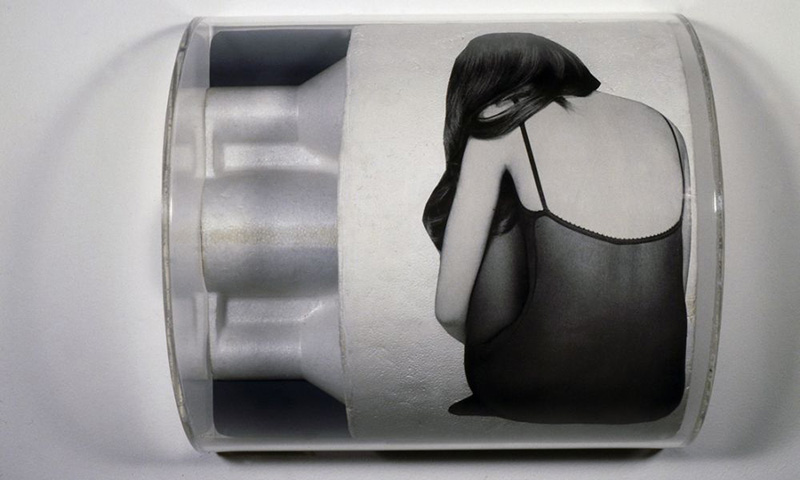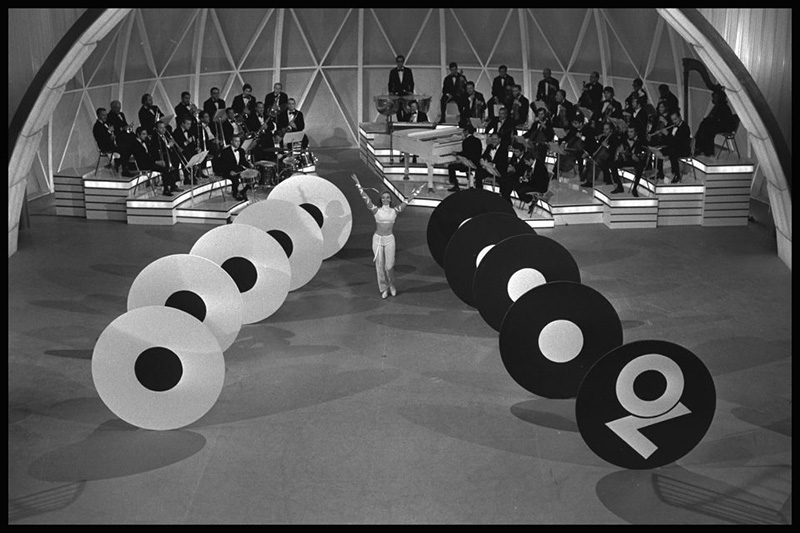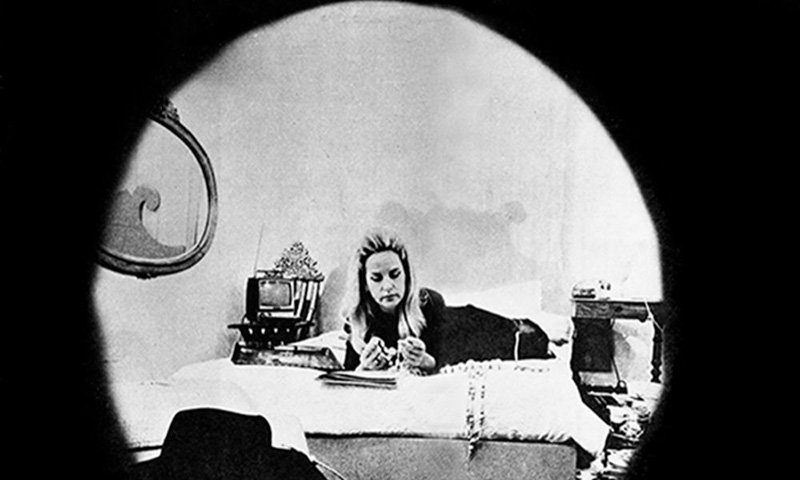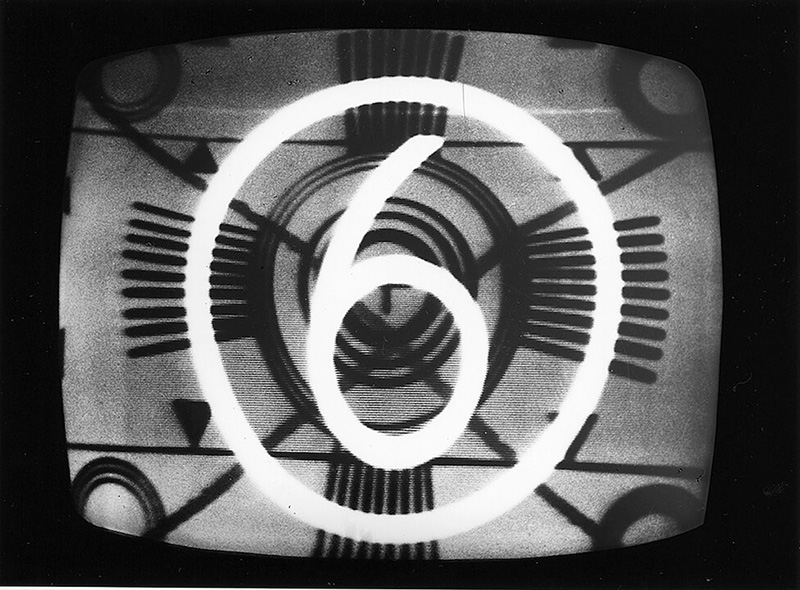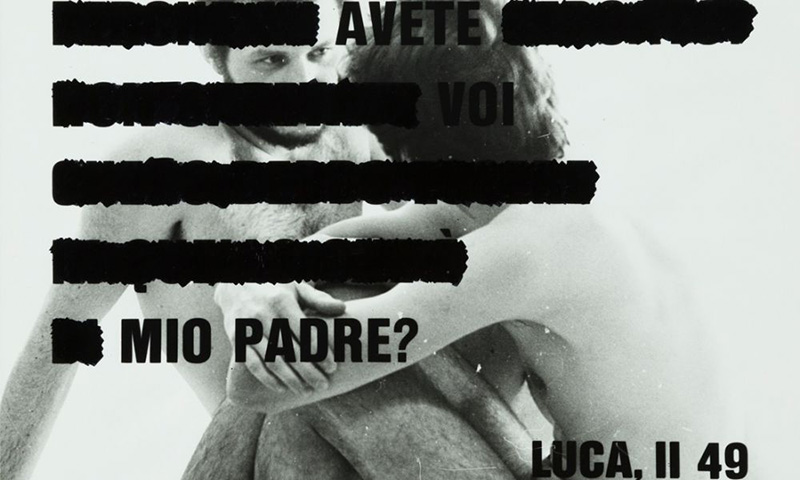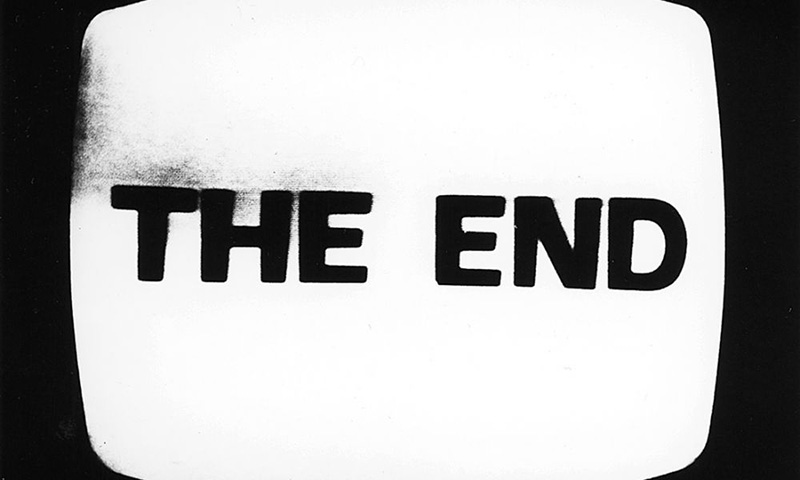ART CITIES:Milan-Francesco Vezzoli
 Over the last decade, in a series of works that have explored the undisputed power of contemporary media culture, Francesco Vezzoli by closely emulating formats of various media, such as advertising and film, he addresses ongoing preoccupations with the fundamental ambiguity of truth, the seductive power of language, and the instability of the human persona.
Over the last decade, in a series of works that have explored the undisputed power of contemporary media culture, Francesco Vezzoli by closely emulating formats of various media, such as advertising and film, he addresses ongoing preoccupations with the fundamental ambiguity of truth, the seductive power of language, and the instability of the human persona.
By Dimitris Lempesis
Photo: Fondazione Prada Archive
Francesco Vezzoli “TV 70: Francesco Vezzoli guarda la Rai” at Fondazione Prada, a project conceived by artist Francesco Vezzoli and developed in collaboration with Rai, Italy’s national broadcasting company, interprets Italian public TV as a driving force for social and political change in a country in transition from the radicalness of the ‘60s to the hedonism of the ‘80s, as well as a powerful machine for cultural and identity creation. During that period TV became a specific medium, and its shows went through a progressive transformation, first shifted from culture to information, and subsequently from information to communication. The exhibition has been conceived as a sequence of visual and semantic juxtapositions, the design is based on the merging of spatial and temporal dimensions in a set-up which combines traditional museum exhibition standards with the screening of moving images, in alternating conditions of light and darkness. The sequence of immaterial documents from the Teche Rai archives combined with the materiality of paintings, sculptures and installations develop in three separate sections, and analyze the relationships between Italian public television with visual art, politics and entertainment. The first section, “Arte e Televisione” introduced by Paesaggi TV (1970) reflects on the artistic employment of the TV medium. Shows like “Io e…” and “Come nasce un’opera d’arte” turned artists such as Alighiero Boetti, Alberto Burri, Giorgio de Chirico, Renato Guttuso and Michelangelo Pistoletto, filmed or interviewed as they were creating their works, into public personas and protagonists of popular culture. TV took art over by employing a duplicity of approaches, all founded on two different theoretical angles: television as a “medium” (as conceived by Rudolf Arnheim and Marshall McLuhan) or, alternatively, as a space for communication overturning (as in Guy Debord’s Situationist perspective). This duality generated, on one side, Giulio Paolini’s experimentations, such as the set designs for the Rai adaptations of theatre and literature classics like “A Doll’s House” and “Don Quixote”, and the subversive, disconcerting use of television as depicted in Fabio Mauri’s work “Il televisore che piange” (1972) on the other. The second section, “Politica e Televisione” analyzes the fragmentary and obsessive nature of ‘70s political messages through the screening of excerpts from news programs of the time. These testify the general climate during those “Anni di piombo” which were marked by state massacres, terrorist attacks, tension strategies and social protests. The exhibition takes into consideration the codes of visual communication with the series of 12 collages on paper “Non capiterà mai più” (1969) by Nanni Balestrini, which manipulates and demolishes mass languages, and Ketty La Rocca’s video “Le Mani” (1973), that articulates a new female lexicon. The third section, “Intrattenimento e Televisione” is introduced by Giosetta Fioroni’s installation “La spia ottica” (1968), which focuses on the female body as an object of gaze and desire for the observer, as well as an active and self-aware subject. This part of the exhibition explores the unsteady confines between sexual liberation and the exploitation of the female body, between political affirmation and individual rebellion. Francesco Vezzoli interprets these dynamics through an articulated vision encompassing TV shows such as “Milleluci, Stryx”, “C’era due volte and Sotto il divano”, and works by women artists like Tomaso Binga (Bianca Menna), Lisetta Carmi, Elisabetta Catalano and Paola Mattioli. Fondazione’s Cinema is screening of a selection of TV excerpts edited by Vezzoli. By including the icons that marked his childhood and adolescence within the TV flow featuring different genres and styles, the artist will transform archive footage into a living substance, and his personal, intimate memory into a shared narration. The Cinema also hosts Gianni Pettena’s installation “Applausi” (1968), an ironic invitation for visitors simultaneously experiencing the double and ambiguous condition of television and exhibition audiences.
Info: Fondazione Prada, Largo Isarco 2, Milan, Duration: 9/5-24/9/17, Days & Hours: Mon, Wed-Thu & sun 10:00-19:00, Fri-Sat 10:00-20:00, www.fondazioneprada.org
